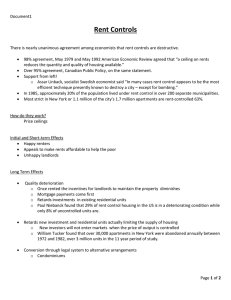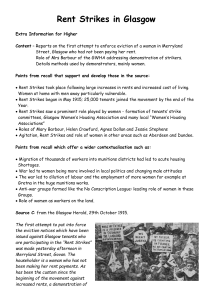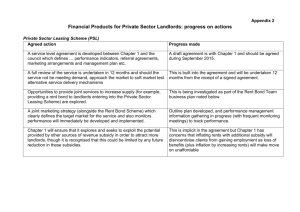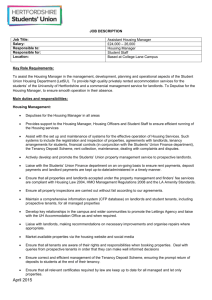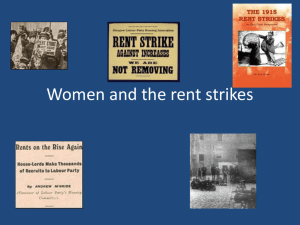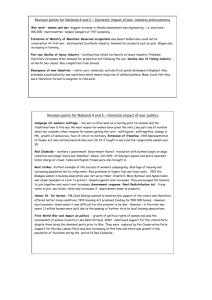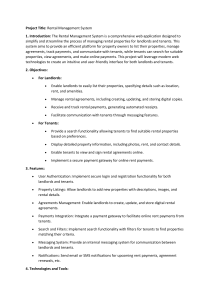The impact of WWI on Scottish women
advertisement
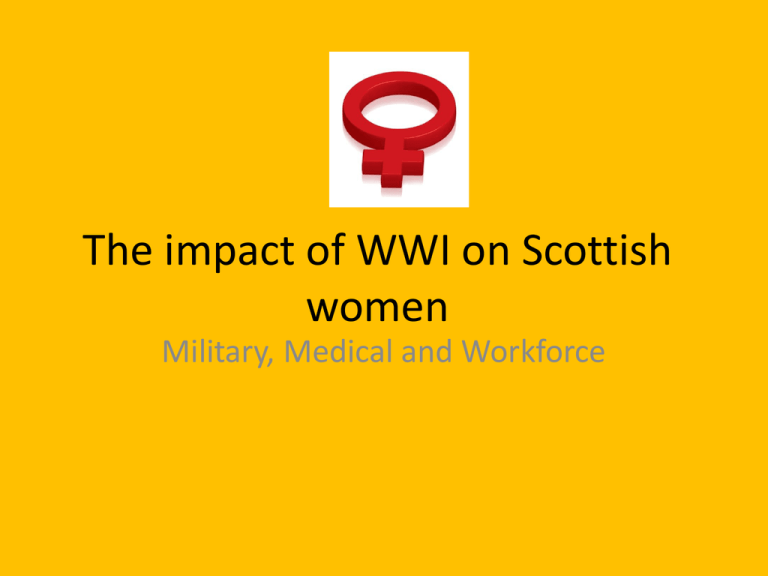
The impact of WWI on Scottish women Military, Medical and Workforce Before the war... • Various things restricted women and work; marriage was one as was the perceived ‘role’ of women, particularly true of the middle classes. • Women mainly worked in DOMESTIC SERVICE and in Dundee, the JUTE INDUSTRY. • The war allowed women to, temporarily, step into jobs vacated by male workers serving in the armed forces or employed in heavy industries under the dilution scheme. Military contribution DILUTION – The need for increased armaments production prompted change. The process was ‘diluted’ in other words broken down into smaller jobs so that women who were not experienced in engineering could complete the job. Munitionettes • Dangerous work due to fumes and risk of cordite explosion - ‘devil’s porridge’. • In total, 61 workers died from poisoning and 71 from explosions. • Gretna was a case in point. At its height 9000 women and 5000 men worked there. They lived in a purpose-built village that connected with the works via a light railway. 12-hour shifts were the norm and the work was dangerous. Order in the facility was maintained by the Women’s Police Service. By the end of the war... • By 1917 it was calculated that one in three working women were substituting male workers’ jobs. • By the end of the war 31,500 women were working in the munitions industry alone. IN Medical contribution “My good lady, go home and sit still” • • • Elsie Inglis pioneered the Scottish Women’s Hospitals. She had been a campaigner for the vote. She proposed field hospitals near the front. Rejected by the British she found a more positive response from the French and Serbian governments. She raised money and organised the setting up of field hospitals. The Scottish Women’s Hospital served throughout the war in both Serbia and France. Sent 1000 female doctors, nurses, drivers and orderlies over to the battlefields. The French one treated over 10,000 service men. Mairi Chisholm worked in front-line hospital - awarded Order of Leopold 1915 by the King of Belgium. • 1916 the Glasgow Herald reported that, ‘the nation is indebted to them.’ The Impact of WWI on women at home Rent strikes More employees = more housing needed • Housing conditions in tenements were poor, one or two rooms (single ends). • Demand was high so landlords put their rent prices up. Anyone who could not pay it was evicted. • Coupled with food shortages that increased the prices of food. • Landlords were accused of being UNPATRIOTIC! !!ACTION!! • South Govan (Glasgow) Women’s Housing Association, which was created to protect tenants from rent rises. • Secretary was Helen Crawfurd, a suffragette and anti-war campaigner, who along with others, such as Mary Barbour, Agnes Dollan and Jessie Stephens, took on the landlords. The 3 Stages of Action NON-PAYMENT of rent increases in Govan. • Blocked sheriff’s officers carrying out evictions - crowded stairwells and ‘bombed’ sheriff officers with bags of flour - ‘Mrs Barbour’s Army’. How did Landlords react? • Threatened court action leading to eviction, fines or prison. RENT STRIKE - May 1915. 25,000 tenants in Glasgow. Also in Aberdeen/Dundee. • Accused landlords of being anti-patriotic - ‘Fighting the Huns at Home’ STRIKE SPREADS & LEADS TO MASS DEMONSTRATION • By Nov supported by men on strike at Fairfield’s and Beardmore’s shipyards. • Mass demonstration in George Square to support 18 tenants due in court.
